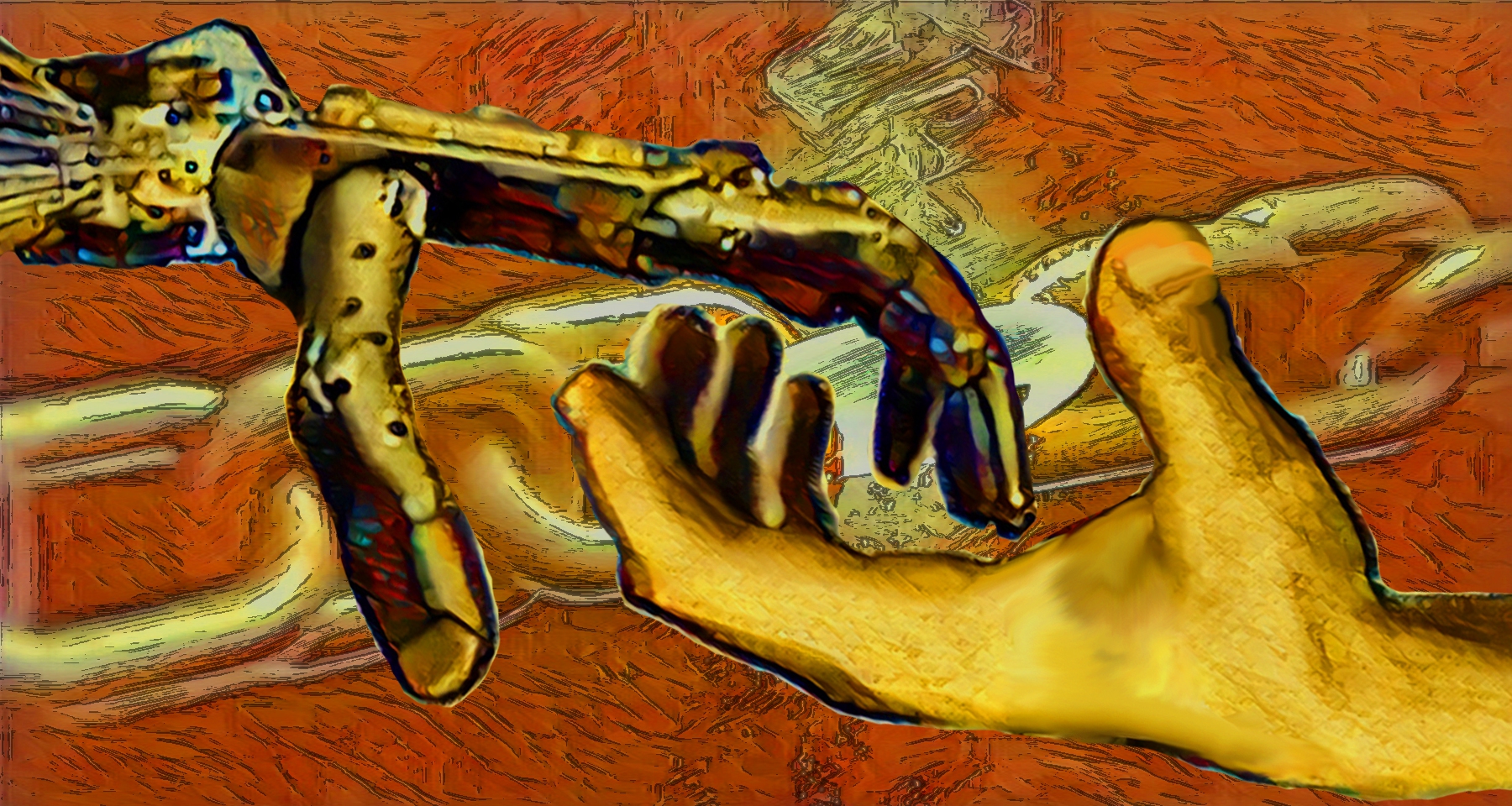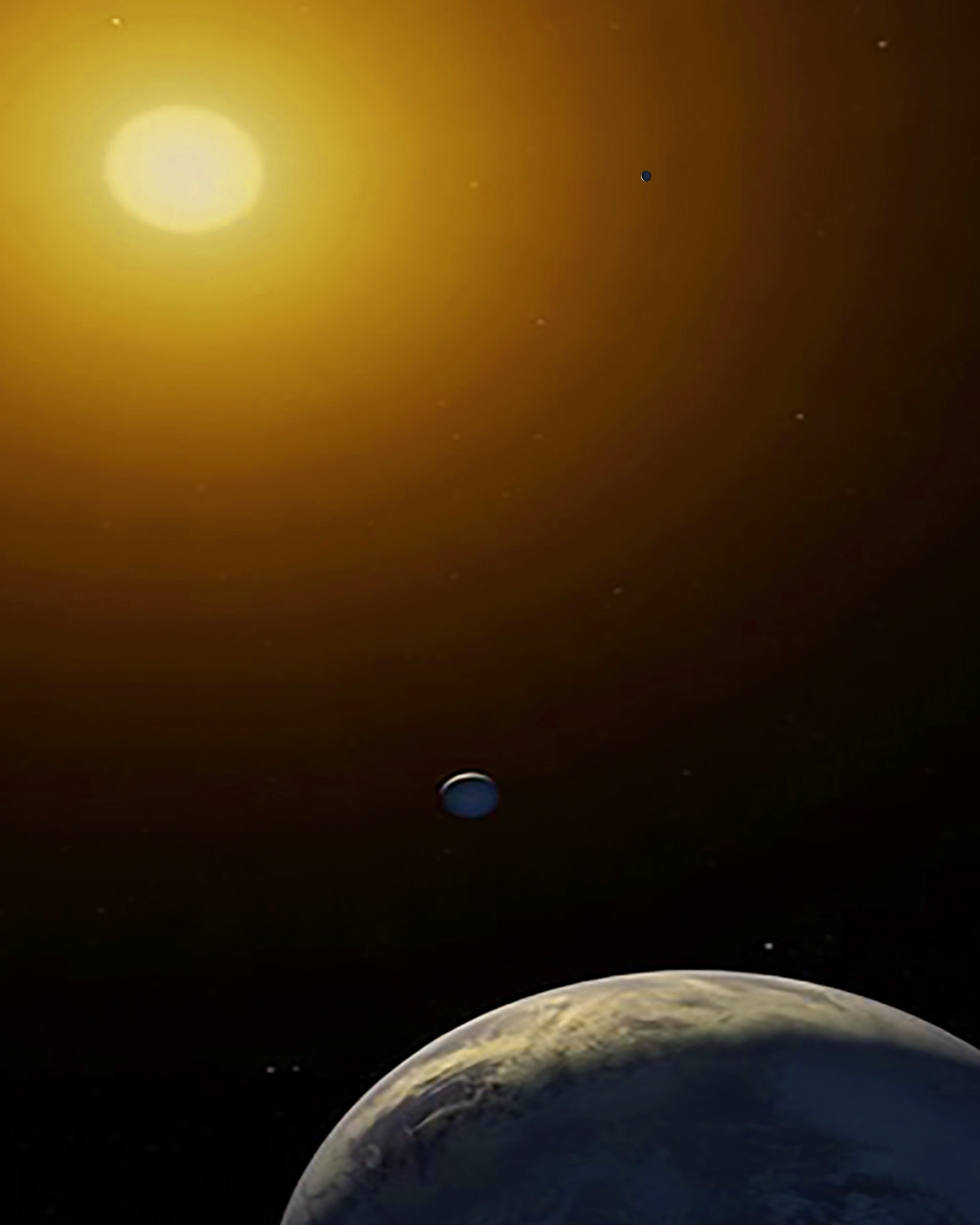
It was an incredible claim, yet the evidence was incontrovertible to the observant. Precariously perched balancing boulders, deeply scarred and abraded bedrock surfaces, deposits of moraine gravel; all very like the artifacts seen with glaciers, save for evidencing some stupendously enormous scale. By the late nineteenth century it was generally accepted that entire northern continents had once been covered with kilometers thick ice sheets, and that in fact our Stone Age ancestors had lived through one such epoch. Indeed, by the end of the nineteenth century it was determined that this ice age or period of extreme climate change had happened more than once over recent geologic time. The ice had advanced and receded repeatedly.
Further discoveries soon indicated that this period of glaciation and climate oscillation was a relative anomaly that only occasionally punctuated much longer epochs of a stable and consistently warmer climate, periods that had left fossil evidence of tropical plants in now frigid areas.
And yet causality was ever the crux. What could serve to explain these profound changes from a balmy warm to a glacial epoch, and then further the cycling of ice ages within a glacial epoch? No acceptable explanation was immediately obvious.
Over the hundred years stretching between the mid nineteenth to the mid twentieth centuries a number of explanations were posited. For example Croll and later Milankovitch suggested that the periodic climate changes were attributable to subtle variations in Earth's orbit and inclination with resultant changes in sunlight on the northern hemisphere. It was a grand idea and improvements in our ability to determine the dates of these changes lent further credence to the astronomical theory. By the 1970's most scientists accepted that the Milankovitch cycles coincided precisely with the climate changes they saw evidenced before them. More difficult to understand was how these minor changes in sunlight and orbit could manifest such profound changes in climate.
Based upon these cycles and their repetitions it was assumed that we were then on the cusp of a cooling spell. A new ice age was expected to be in advent over the next thousand years. Then by 1985 ice cores extracted by a French-Soviet team at Vostok Station in Antarctica contained an entire glacial epoch together with samples from before and after. Analysis of the entrapped gas content showed that the amount of atmospheric carbon dioxide coincided with the temperature variations.

By 2012 this was of particular interest because the climate seemed to be warming, not cooling, and as time went on the warming changes became more evident. In addition, the amount of atmospheric carbon dioxide was far higher than it had been even in previous warm epochs extending back millions of years. The other significant greenhouse gas, methane, was present at higher levels than seen in any historic record.
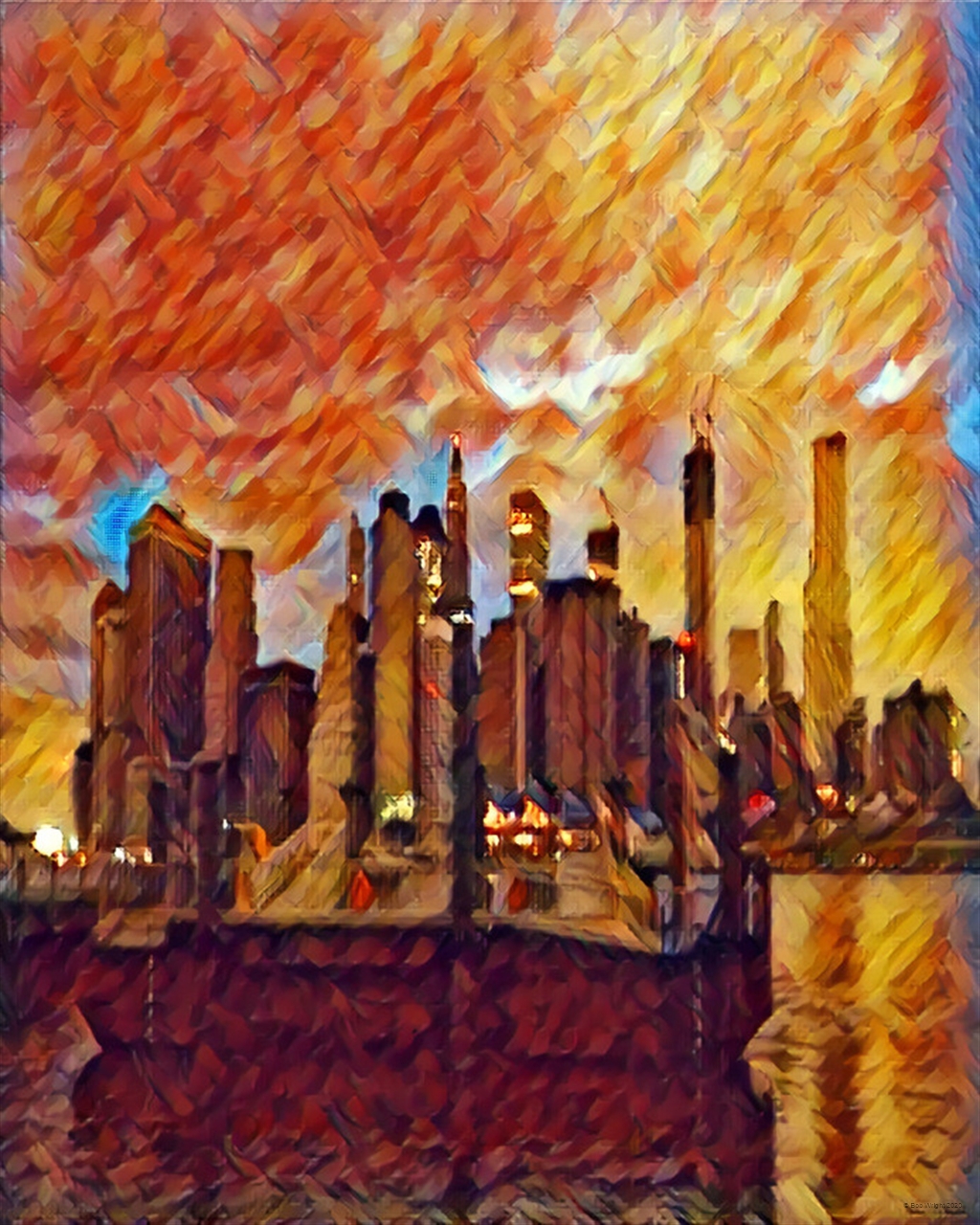
Meanwhile at the beginning of the twenty-first century feedback effects were beginning to kick in, feedbacks that were accelerating dramatic climate change. These warming changes were not prompted by variations in sunlight as had previous changes but instead were prompted by changes in atmospheric gas content, and predicting likelihoods was problematic. Still, it is certain that some government agencies and a few NGO's had anticipated the high probability of extreme climate and environmental changes along with catastrophic collateral socioeconomic impacts. To what extent their subsequent behaviors and actions were influenced by these assumptions is moot.
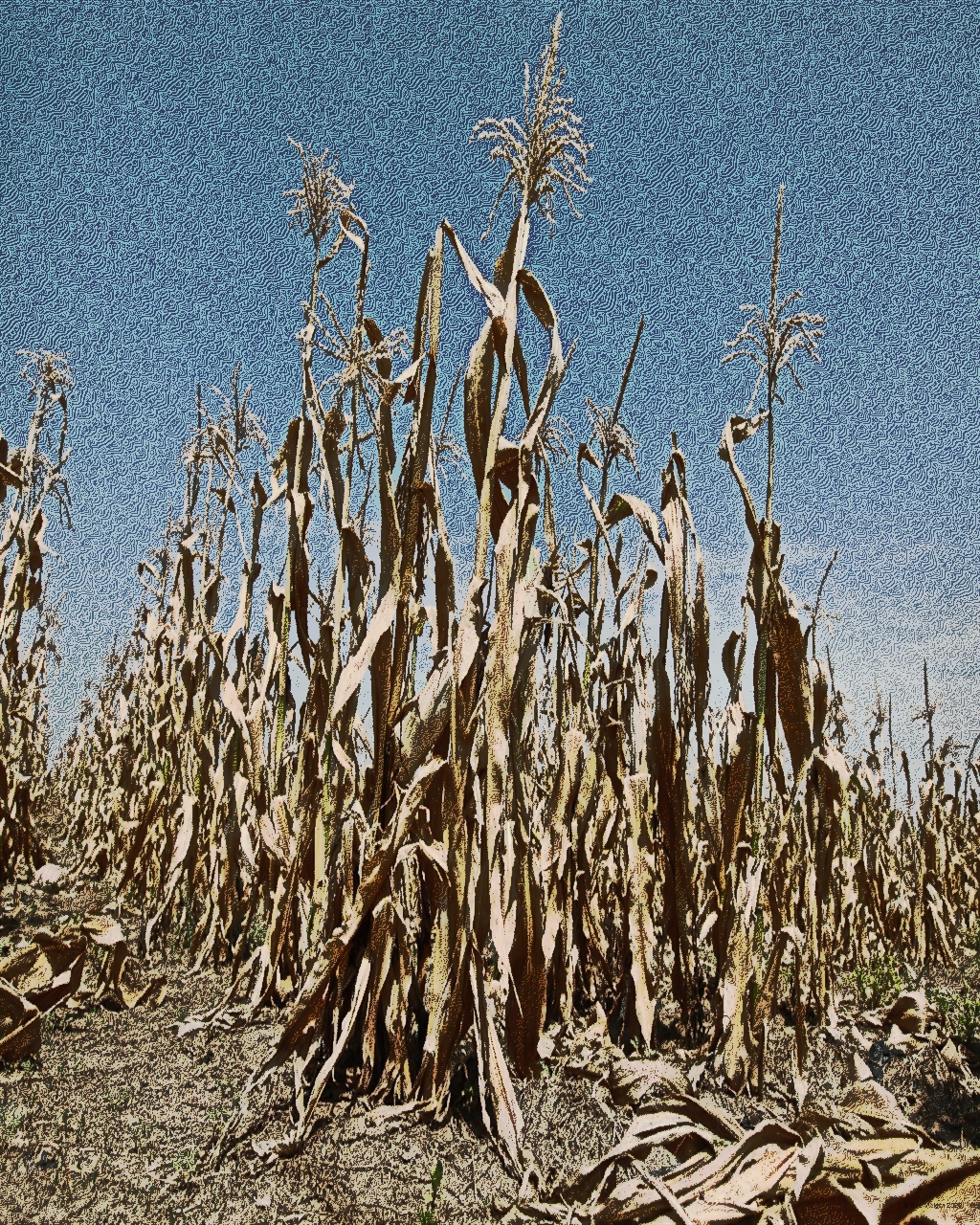
What became clear to almost everyone during the third decade of the 2000's was that warmer and drier taken together were synergistically detrimental to human agriculture and human comfort. The widespread failure of what were formerly staple crops led to hunger and consequent conflict.
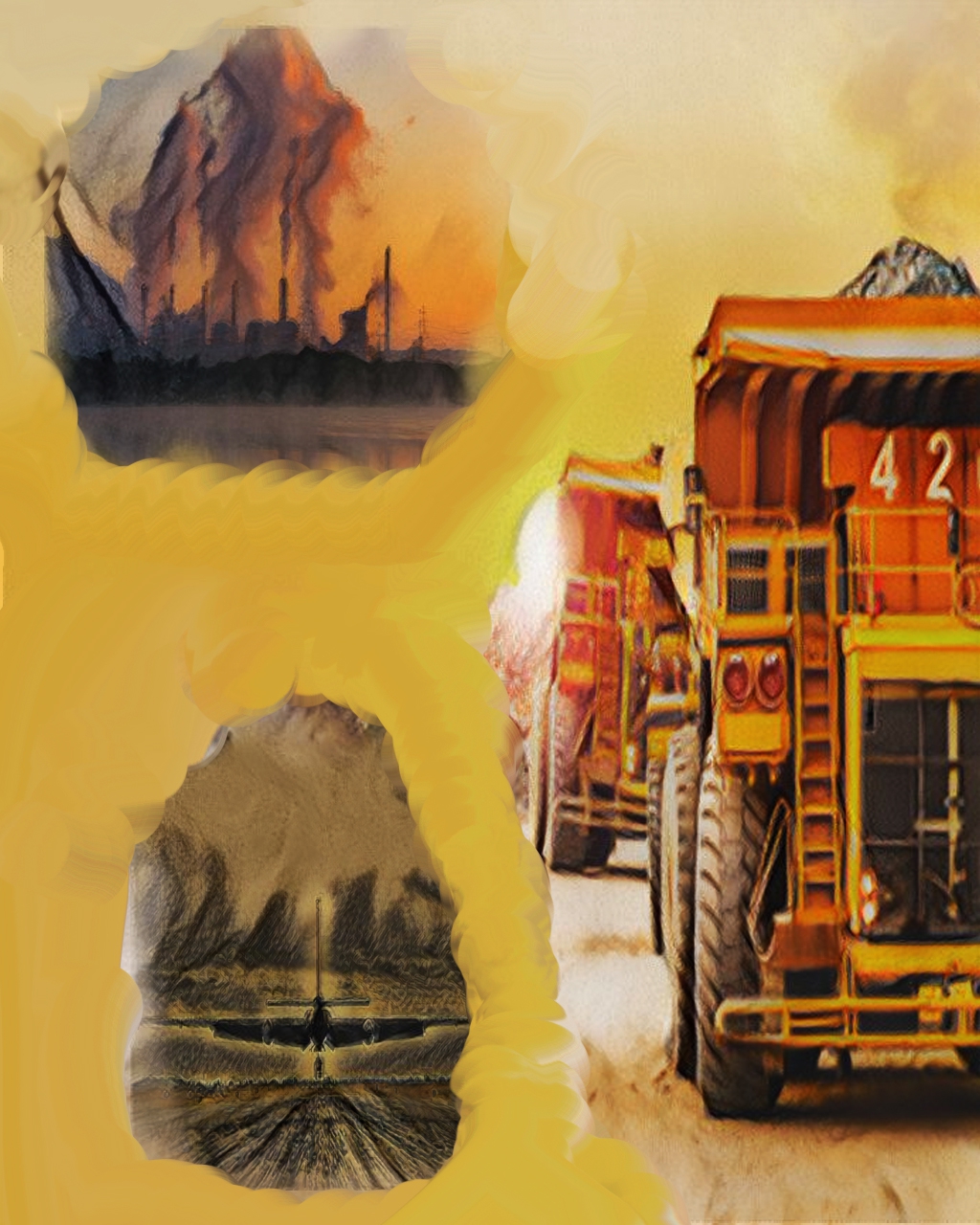
Even so the powerful continued to maintain their dominion over resources and technologies while the worth of ordinary humans diminished. There were, after all, so very many of them, and beyond that there were more new arrivals every day. You couldn't even bomb enough of them back to the Stone Age to eliminate the species' continued proliferation.
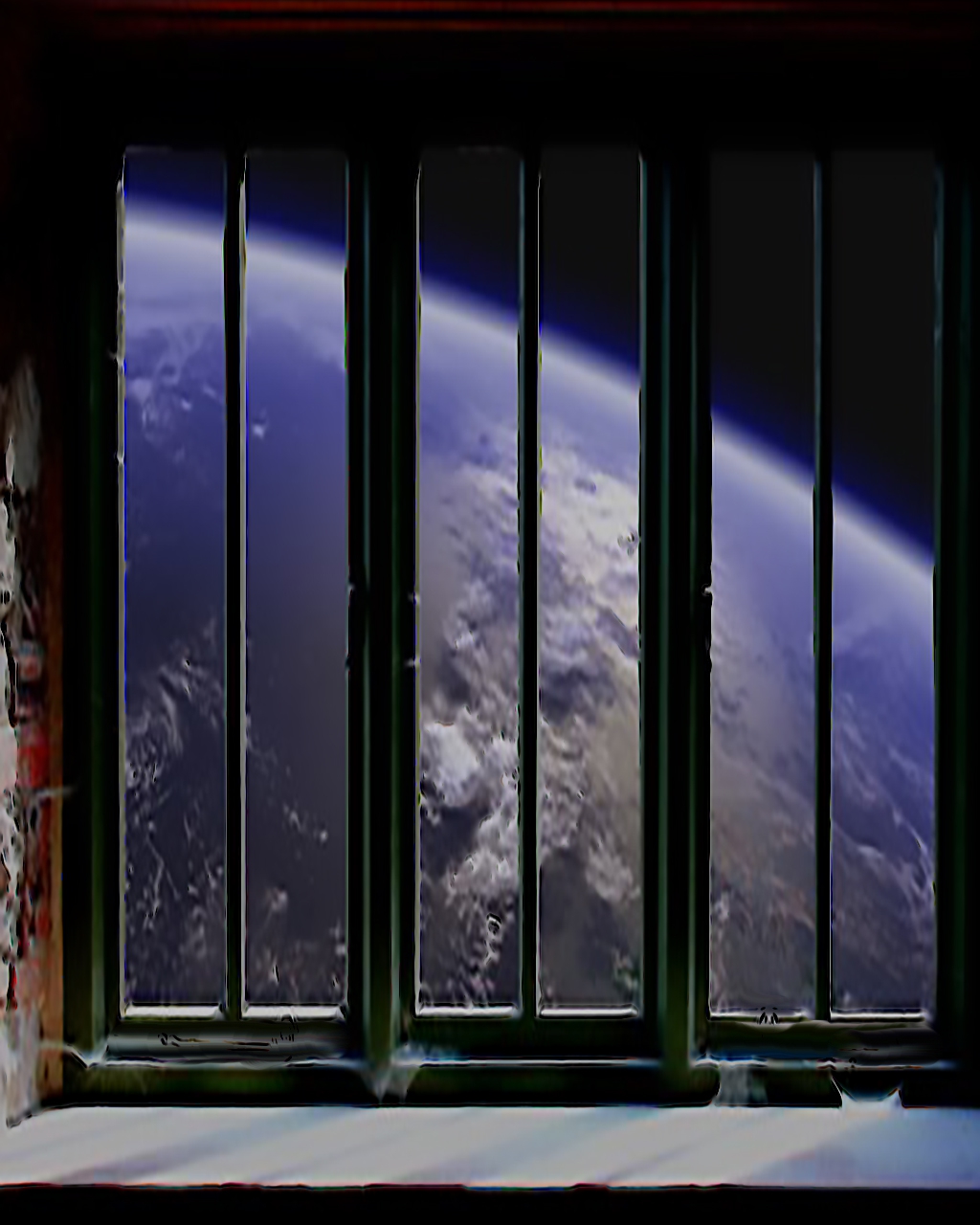
But where humans had failed to exterminate as many of their fellows as they had tried, perhaps the climate would succeed. While the interminable drought and incessant heat had limited the amount of available fresh water, rising sea levels were diminishing the available land. For better or for worse, both the temperature and the sea level were rising faster than had been anticipated. From orbit one could witness the steadily increasing inundation of the Earth below.
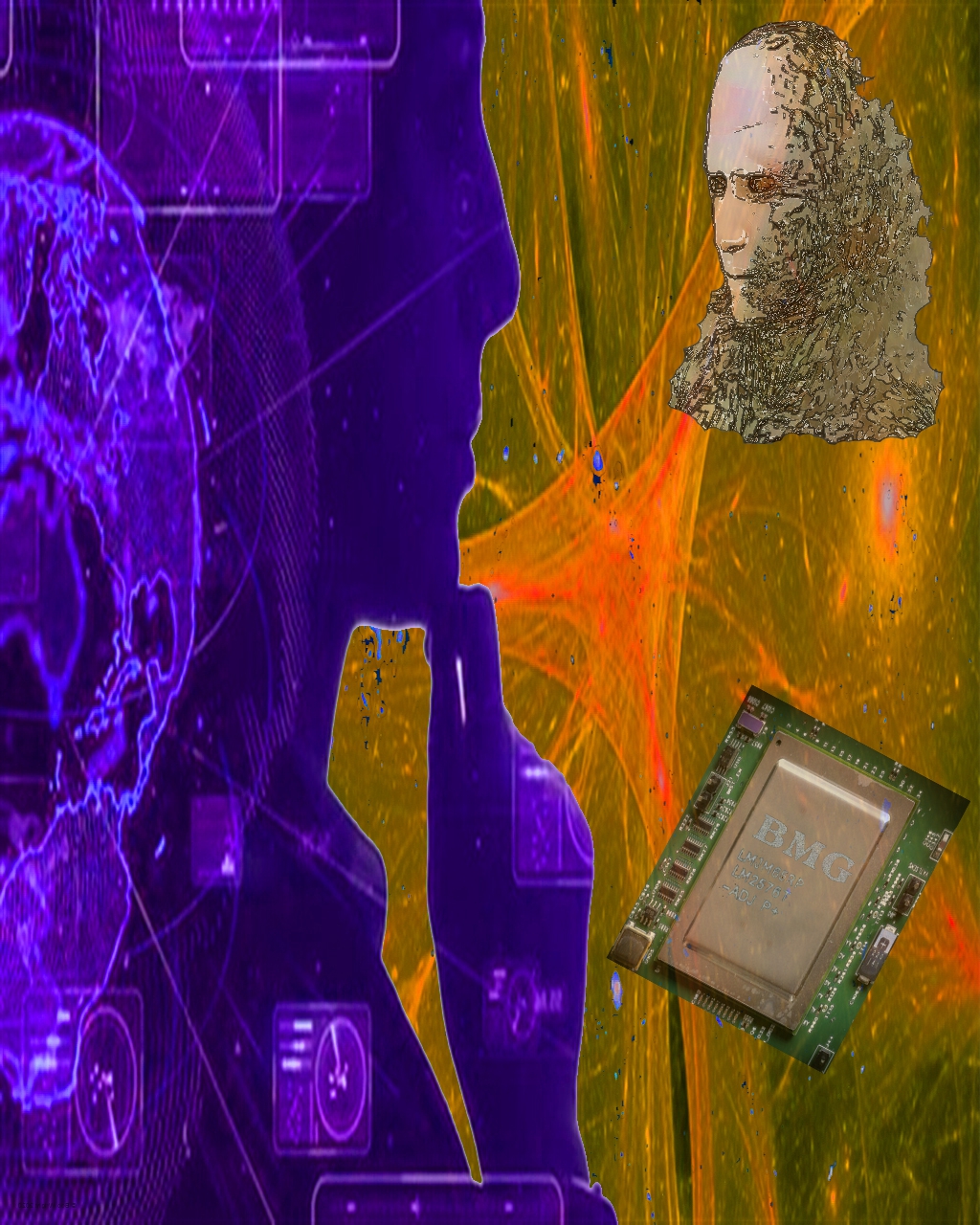
BMG's founders referred to those circumstances, to that milieu, as the world BioMechaGenics had inherited. But there were some, dangerously wrong minded individuals, who maintained that BMG had contributed to creating the world as it had by then become. These recidivists could not, indeed would not, grasp the inexorable and inescapable nature of events as they unfolded.
